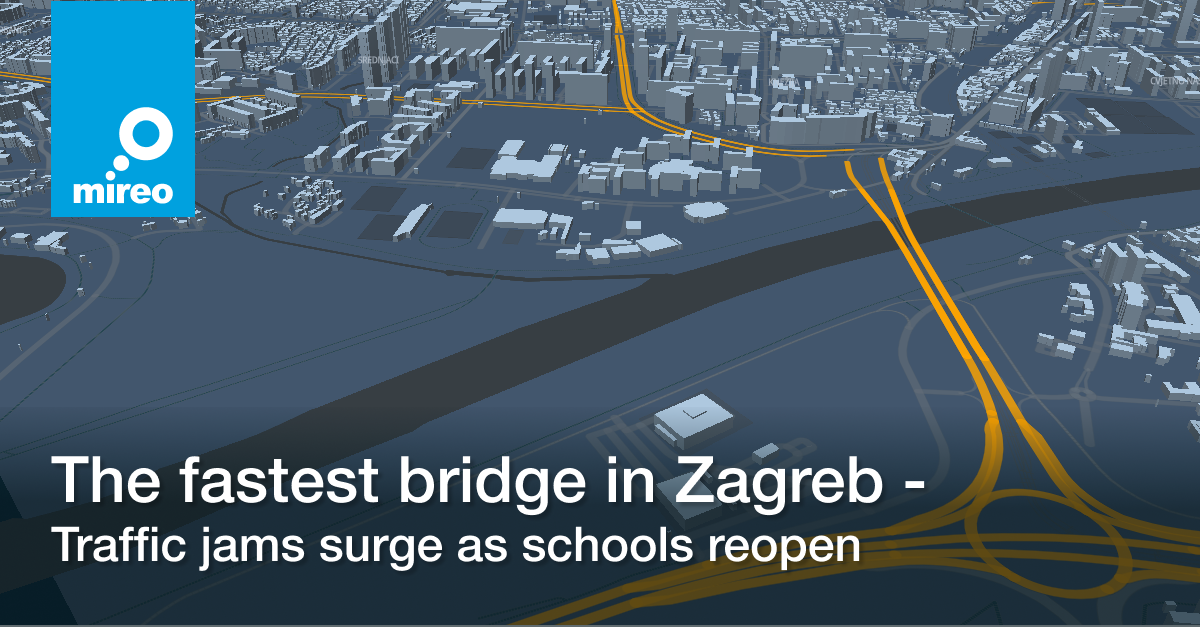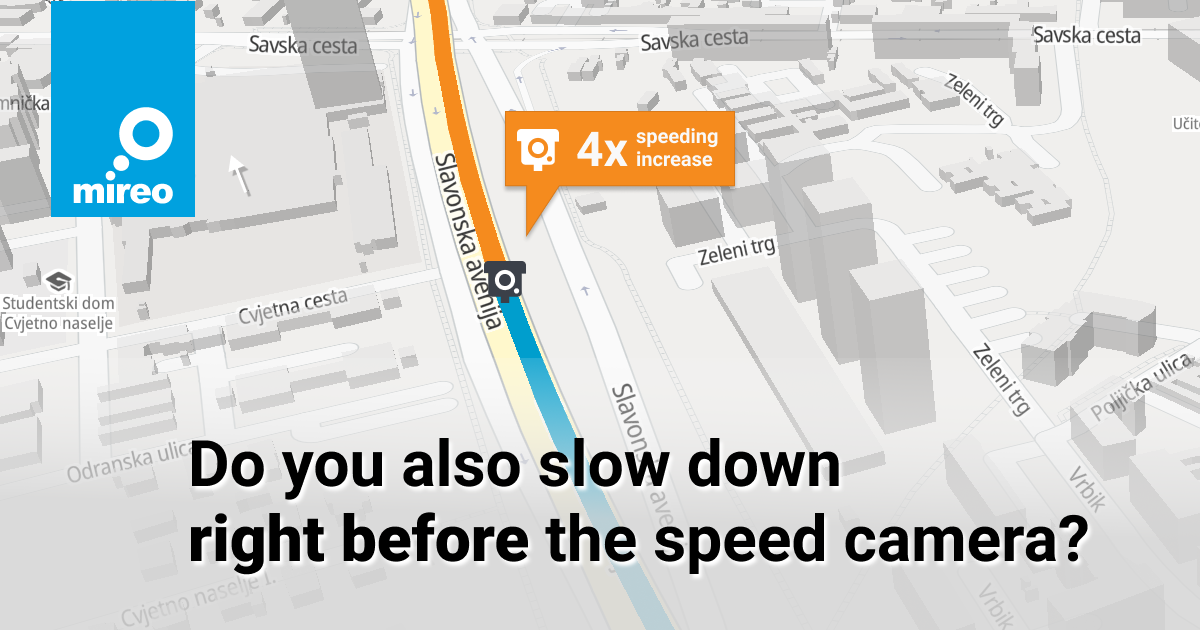Which one of the central bridges is the slowest?
Jadranski, Sloboda, and Mladost (Adriatic, Freedom, and Youth) bridges are considered the central bridges, while the other four are mainly used to bypass the traffic jams in the broader city center.
Direction North
The battle for the slowest one is tight between Jadranski bridge and Sloboda bridge, but the Jadranski bridge would have to take the prize due to almost 2-hour long afternoon traffic jams between 15:15 and 17:15.

Average speed across Zagreb bridges, Spring 2021, direction North
Plot twist #1
The morning jams begin at 7:15 and stop at 8:00. But the afternoon jams last significantly longer - they occur between 15:15 and 17:00!
At its worst, the traffic in afternoon hours is 35% slower on Sloboda bridge and 50% slower on Jadranski bridge.
The morning traffic jams are easily explained with morning commuting, but the afternoon jams are somewhat harder to explain. For example, running errands after work or leaving work earlier prompt as the most straightforward reasons.
Plot twist #2
Totally unexpected, but not only that there are absolutely no traffic jams on the Mladost bridge, but with a stunning 65 km/h average travel speed, it's by far the fastest central bridge.
But it wasn't always like this. Before the pandemic, the Mladost bridge was also infamous for the entire-length-long morning jams towards the North. However, the afternoon jam towards the North never existed.
Naturally, the traffic jams disappeared during the pandemics and remained non-existent until the July 2020, when the reconstruction of the southern access viaduct to the Mladost bridge started. And, entirely unexpected, the traffic jams disappeared in September 2020. Did the people simply started to avoid this bridge or started working remotely again, it is still unclear.
Plot twist #3
However, don't be fooled by the fast traffic across the Mladost bridge. Continuing journey to the North, the traffic jams at the Držićeva-Vukovarska intersection annul a certain amount of time saved. The traffic signal cycle on this intersection is one of the longest ones in Zagreb.

Average speed profile Zagreb Mladost bridge - Vukovarska intersection, 2021, direction North




